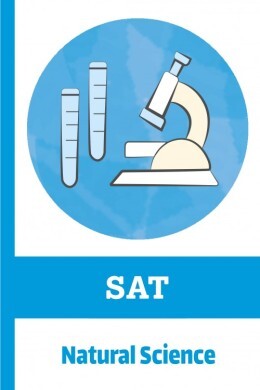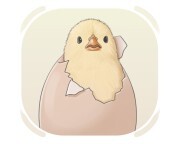a scientist who specializes in the study of insects, including their behavior, ecology, and classification
SAT Natural Sciences - Zoology
Here you will learn some English words related to zoology, such as "breed", "pupate", "ornithologist", etc. that you will need to ace your SATs.
review
flashcard
spelling
quiz

a scientist who specializes in the study of birds, including their behavior, ecology, and evolution
a scientist who studies reptiles and amphibians
(of an animal) to have sex and give birth to young
(of birds, fish, etc.) to come out of an egg
the number of eggs or offspring produced by a single reproductive effort, typically by a bird, reptile, or insect
to keep an egg in a favorable condition to help it develop until it hatches
(of animals or birds) moving from one place to another, often with the changing seasons
relating to or characteristic of the larva stage, which is an early, immature form of an animal that undergoes metamorphosis
to transform from the larval stage into a pupa during an insect's development
species that do not possess or cannot develop a spinal column, such as an arthropod, mollusk, etc.
any animal in the cat family
any mammalian animal that belongs to the same group as humans, such as monkeys, apes, lemurs, etc.
a class of animals to which humans, cows, lions, etc. belong, have warm blood, fur or hair and typically produce milk to feed their young
any cold-blooded animal with the ability to live both on land and in water, such as toads, frogs, etc.
any small mammal with a pair of strong front teeth, such as mice, hamsters, rats, etc.
a class of animals to which crocodiles, lizards, etc. belong, characterized by having cold blood and scaly skin
a class of terrestrial arthropods that breathe air and have four pairs of limbs, such as spiders, scorpions, etc.
any invertebrate that lives in aquatic or damp habitats and has a soft unsegmented body, often covered with a shell
a hoofed mammal, typically herbivorous, which includes animals such as horses, cows, deer, and elephants
a type of moth belonging to the family Sphingidae, known for their rapid flight and ability to hover while feeding on nectar from flowers
any long and cylindrical worm with a segmented body that is either parasitic or free-living
a type of shellfish found in the ocean, known for its hard, irregular shell and prized for the pearls it can produce
a sea creature with a hard shell and jointed legs such as crabs and lobsters
an invertebrate animal with a segmented body and a chitinous exoskeleton, such as a spider, crab, etc.
a large grasshopper that lives in hot countries and flies in large swarms, destroying crops
a primate of the group that includes monkeys, apes, and humans
a type of monkey that belongs to the Old World monkey family, characterized by their long tails, cheek pouches
a marine arthropod with an external shell that attaches itself to a surface and feeds on particles that are in the water
a member of the biological family Hominidae, which includes humans, their ancestors, and other great apes like chimpanzees, gorillas, and orangutans
a small egg-laying mammal that is covered in spines, has a pointed snout and originates from Australia
a semiaquatic rodent with a wide tail and strong teeth that builds dams across streams and is mainly found in the Northern hemisphere
a large, black-and-white marine mammal known for its social behavior, intelligence, and adaptability, found in oceans worldwide and known as an apex predator
a member of the dog family, including domestic dogs, wolves, foxes, and related animals
a small, short-tailed, ground-dwelling game bird with brownish plumage
a small marine animal that is covered with spines and has a round shell, harvested for food
a colorful bird species found in the Americas, known for its vibrant plumage, melodious songs, and important ecological role in seed dispersal
a small mammal belonging to the weasel family with black and white stripes that can produce a strong unpleasant smell when attacked, native to North America
a large marine mammal known for its distinctive appearance, acrobatic behavior, and complex songs
an animal with sharp needle-like parts on its body and tail, used for protection
a specialized caste of social insects, such as ants or termites, that are engorged with food and serve as living food storage units within the colony
a sharp, stiff, hollow spine found on the body of porcupines or hedgehogs, serving as a defensive mechanism against predators
any of the various flexible limbs of an animal, especially an invertebrate, which enable it to move or hold things
the posterior part of a fish or aquatic animal's body, composed of fins that provide propulsion and maneuverability
a long, tubular feeding organ found in many insects, such as butterflies, moths, and flies, which is used to suck up nectar, other liquids, or in some cases, blood
the long and protruding facial part of an animal which comprises its nose and mouth, especially in a mammal
the bivalve shell of a clam, characterized by two symmetrical halves that hinge together
any external body part that protrudes from an organism's main body, often used to describe limbs, antennae, or other structures
the biological ability of certain animals to detect electrical fields in their environment to locate prey, navigate, and communicate
the biological ability of certain organisms to perceive and orient themselves based on the Earth's magnetic field
a biological process in which an animal undergoes a significant change in form and structure during its life cycle, typically seen in insects, amphibians, and other animals





































